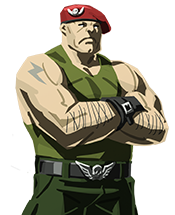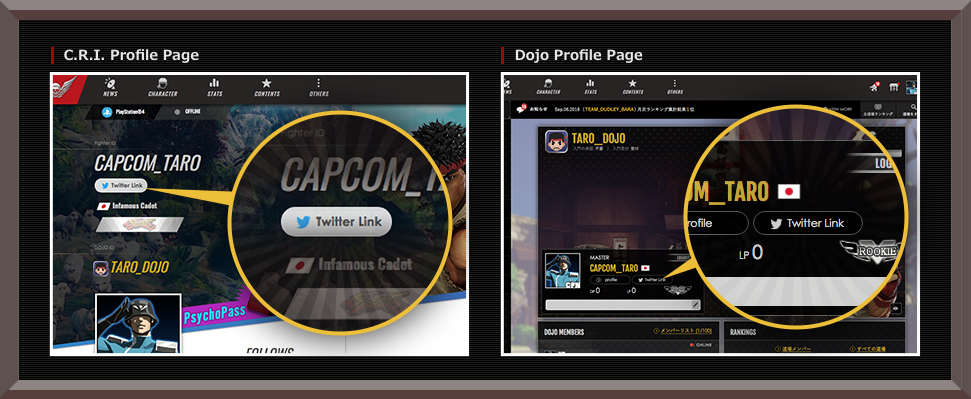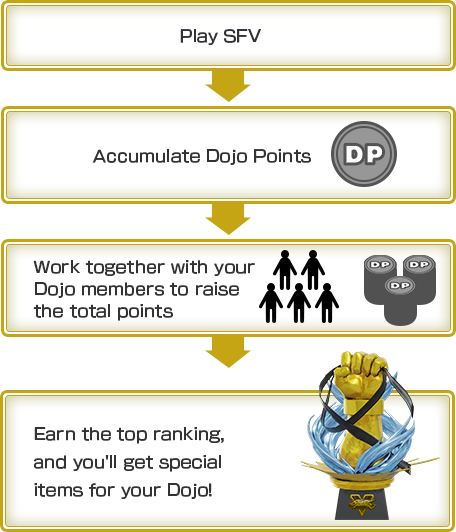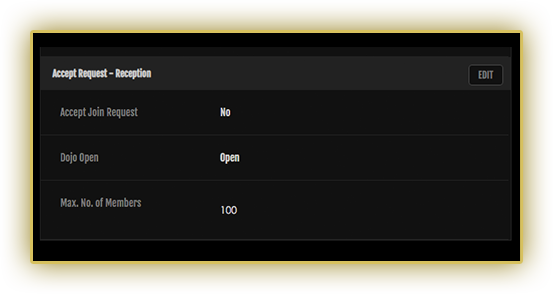Hour 7: The Basics of Boxes
Hello everyone, it's the skill smith, Mr. Bug checking in.
Today we're going to get into the details of game composition, and talk about boxes.
About Boxes
Boxes are a gaming concept and terminology. Boxes are essentially "judgment" that determines whether or not an attack will connect. There are a couple of different types of boxes, and these help to create the inner framework of the game.
Box Basics
First off, boxes are not visible in-game. They're something that's handled internally, so you won't see them on the game screen. You may be thinking that the representation of the character on-screen should be accurate in determining where the boxes are.
 Like this. The blue represents the character boxes, while the red indicates the attack range.
Like this. The blue represents the character boxes, while the red indicates the attack range.
Though basically the boxes do try to visually follow the character's image, in reality it isn't quite as clear-cut.
 The character's boxes are the blue areas only.
The character's boxes are the blue areas only.
Kind of a rough application, but that's how it works. Looking at that, you may be thinking that there are areas where an attack should connect but won't, and areas where an attack shouldn't connect but will. And you would be exactly right to think that.
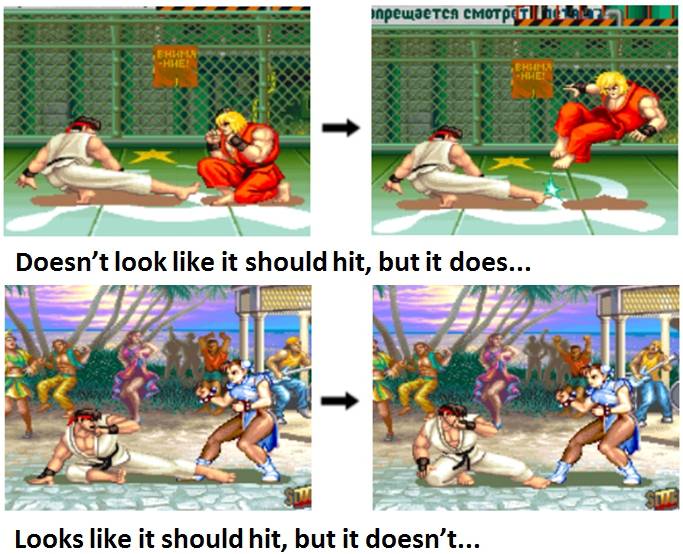
Doesn't look like it should hit, but it does...(Upper)
Looks like it should hit, but it doesn't...(Lower)
There are various reasons why the boxes don't quite match up perfectly with the character graphics, but essentially boxes are handled in a way that's easy in terms of game functionality.
Types of Boxes
Boxes are generally classified in three areas.
1: Hurtbox
2. Hitbox
3: Collision box
These three boxes interact in real time, and make up the backbone of the game's composition. Let's take a closer look at all three.
Hurtboxes
The judgment for when an opponent's attack connects is called a hurtbox. Basically, when the hitbox (we'll cover that next) of an opponent's attack comes into contact with your hurtbox, the attack registers as having connected. In the image above, the hurtbox is shown by the blue area.
Hurtboxes are attached to the character and their animation, which includes their attacks. So if your character punches the hurtbox will extend with their hand, and if they kick the hurtbox will extend with their leg...albeit roughly applied.
There are two different types of hurtboxes - the regular hurtbox, and a throw hurtbox. The throw hurtbox simply determines whether or not you will get thrown if your opponent tries a throw. The throw hurtbox is of a different judgment than the regular hurtbox, and also may have a different shape. While the regular hurtbox will follow along with the character's animation, the throw hurtbox usually stays centered on your character, and does not change in accordance with animation.
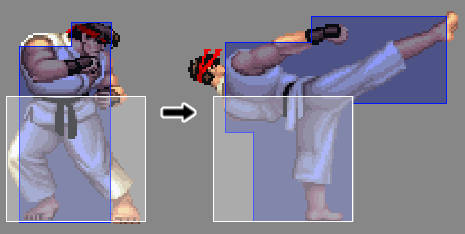 The blue is the regular hurtbox, and the white is the throw hurtbox. The shape of the throw hurtbox doesn't change.
The blue is the regular hurtbox, and the white is the throw hurtbox. The shape of the throw hurtbox doesn't change.
The regular hurtbox and the throw hurtbox only respond to their respective attack methods. Nothing will happen if your opponent does a regular attack within your throw hurtbox, and similarly nothing will happen if they try a throw within your regular hurtbox.
Perhaps the easiest way to show this is with Dhalsim and his stretchy limbs. As his limbs have a hurtbox you can hit them, but since there's no throw hurtbox you can't throw them.
 The stretchy limb has a regular hurtbox (blue) so it can be counter-attacked, but as there's no throw hurtbox (white) it can't be thrown.
The stretchy limb has a regular hurtbox (blue) so it can be counter-attacked, but as there's no throw hurtbox (white) it can't be thrown.
There are certain states and moves where the character has no hurtbox. An attack will not be countered even if it comes into contact with the character. This is called invincibility.
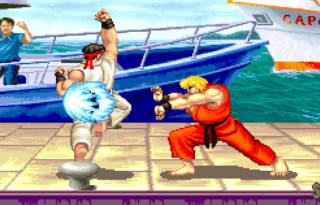 The attack is there, but Ryu is invincible so it doesn't connect.
The attack is there, but Ryu is invincible so it doesn't connect.
There are various other aspects to invincibility, but I'd like to save the talk about that for a later lecture.
Hitboxes
Hitboxes are boxes that contain an attack. If your attack's hitbox comes into contact with an opponent's hurtbox, the attack will count as having connected. In the above images the hitboxes are shown in red.
As was explained in the hurtbox section, there are two types of hitbox - regular, and throw. The regular hitboxes are linked to the hurtboxes, so an attack will have areas of both hitbox and hurtbox.
Collision Boxes
This is a special type of box, whose function is to keep two characters from overlapping each other. If your opponent is right next to you and they start walking, they'll push you backwards. This is thanks to the collision boxes for both characters that keeps one from overtaking the other.
Similar to the throw hurtboxes, the collision boxes are centered on the character's body and don't include their arms and legs.
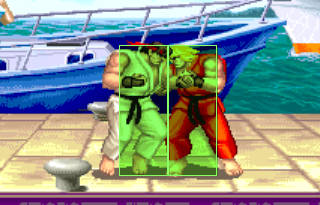 Characters push against each other instead of overlapping.
Characters push against each other instead of overlapping.
The boxes are square/rectangular shaped, but that doesn't mean you can jump on top of an opponent. You'll end up pushing them and fall either to their right or left.
There are moves that don't have collision boxes. Without them, one character can pass through another.
 With no collision boxes, a character can pass through another character.
With no collision boxes, a character can pass through another character.
If the no-collision box state runs out while the characters are overlapping each other, they'll start pushing off each other. They will not continue to overlap - rather one character will go either right or left.
That wraps things up for the basics on boxes. What did you think of today's lecture?
Boxes aren't something you can see, but by understanding the inner workings of them, it'll raise your overall knowledge while you're playing the game. You can think things like "Ah, the hitbox extends out this far, so I can attack in this manner" or something like that. Expanding your knowledge in this way makes the game much more interesting. I'd be thrilled if more people could find enjoyment in this way through reading these lectures.
See you again soon!
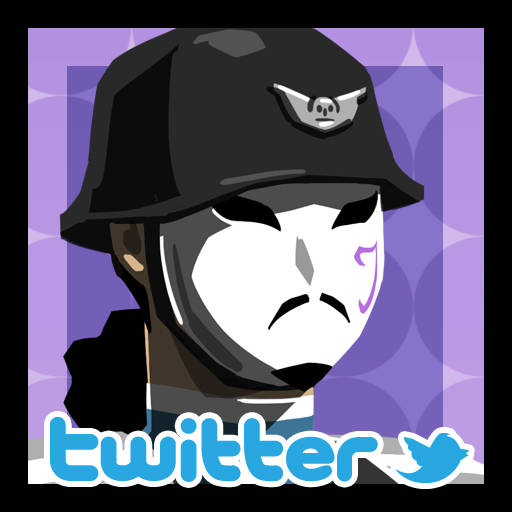
Writer
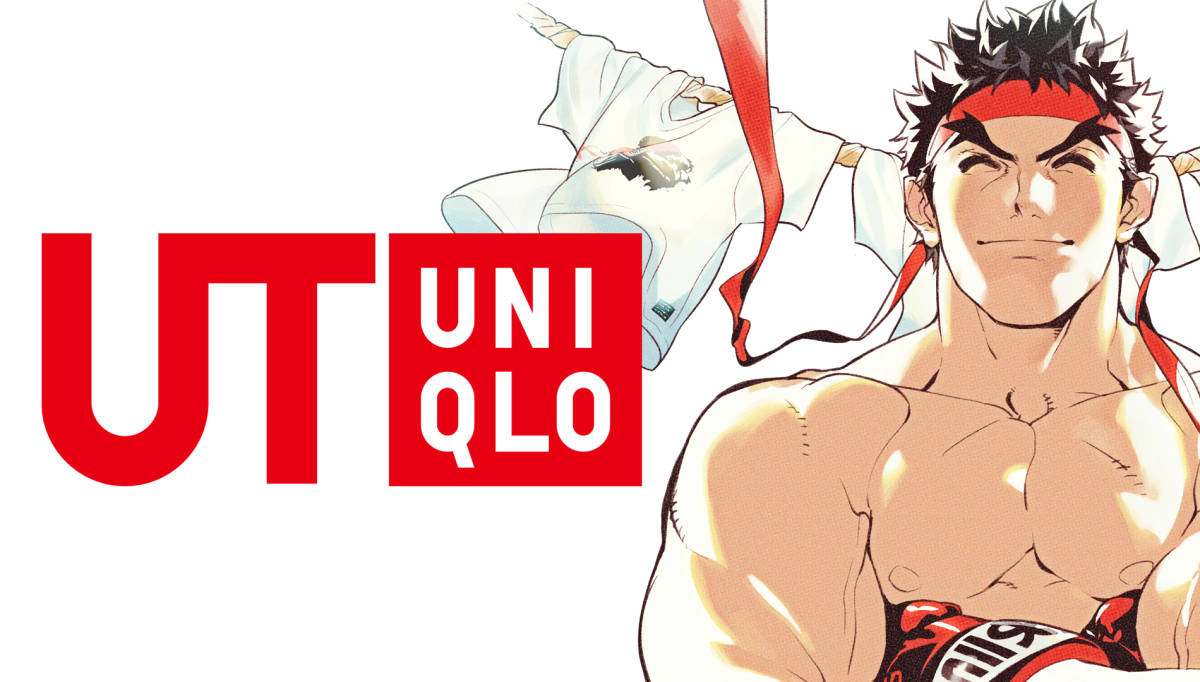
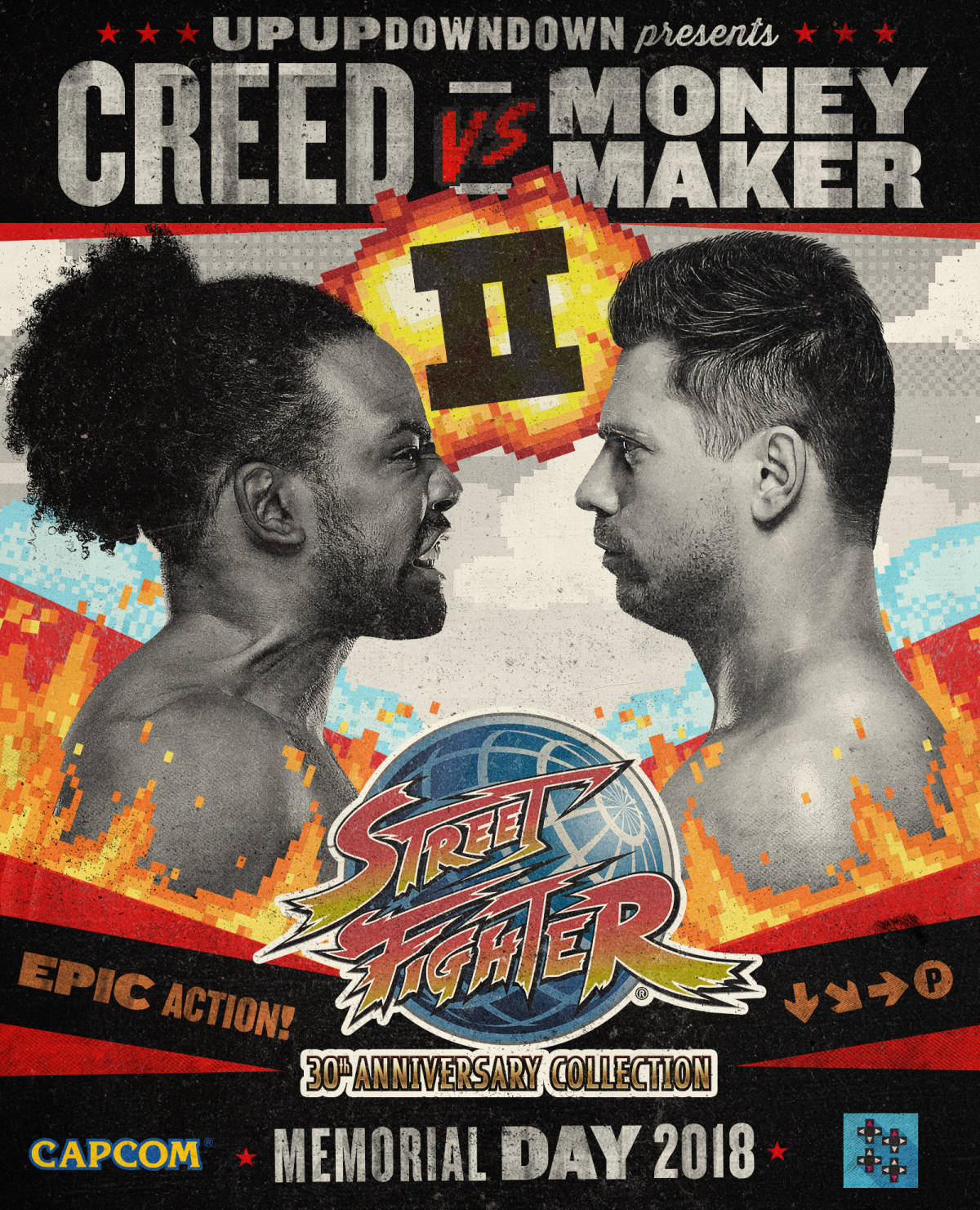
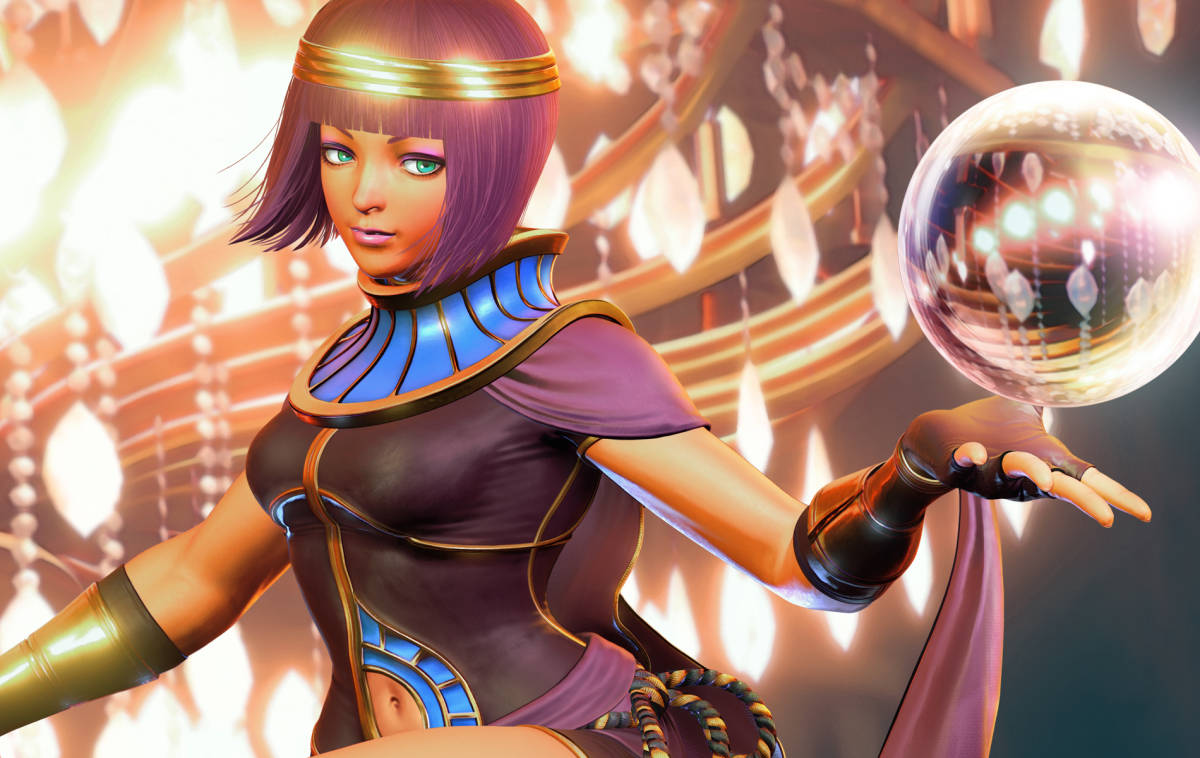

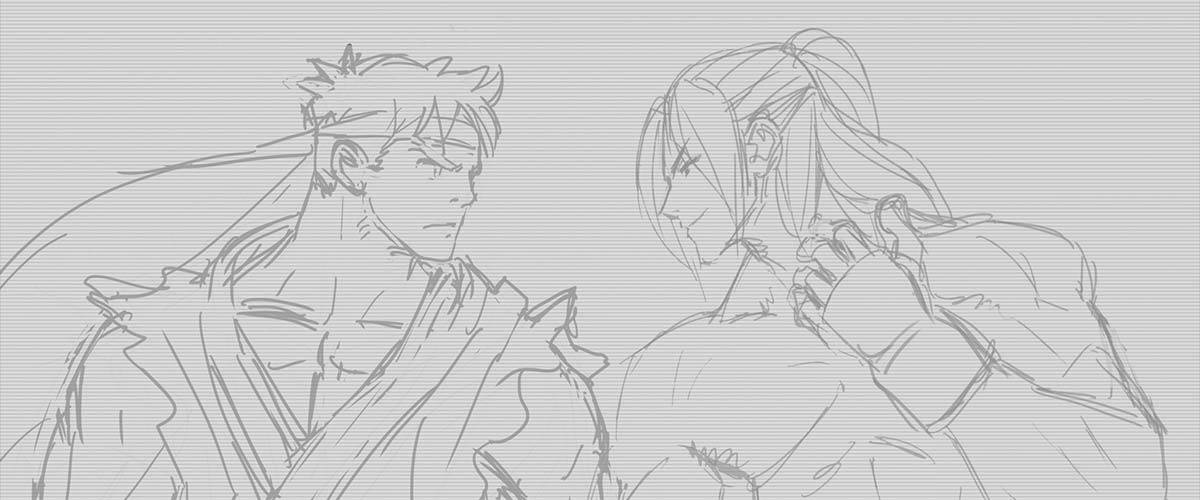

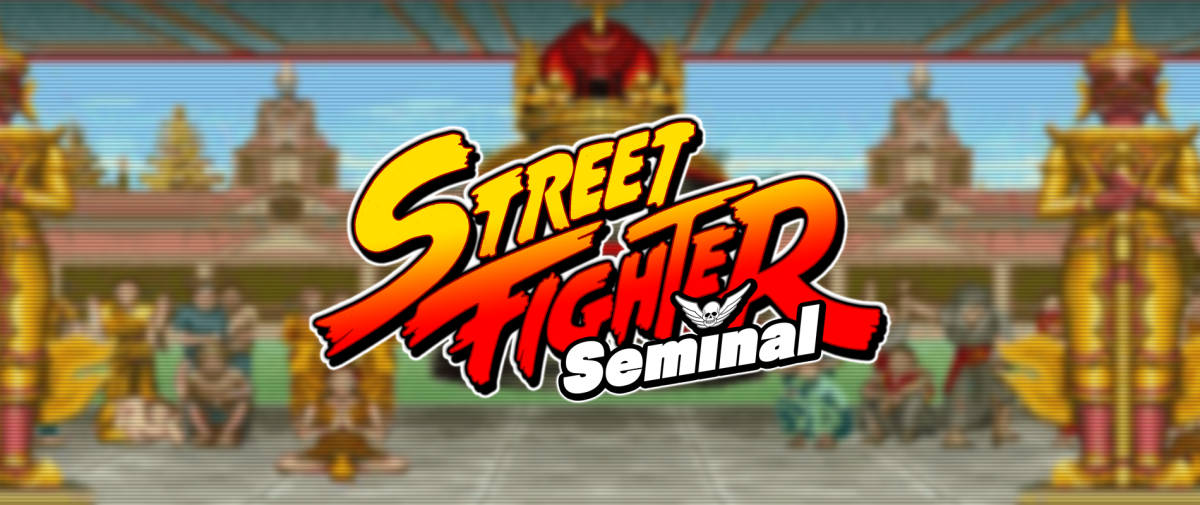


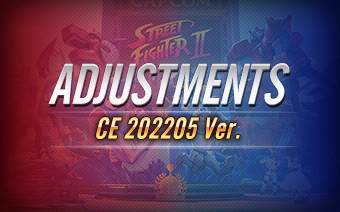
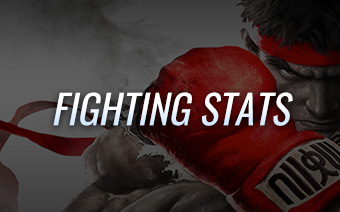
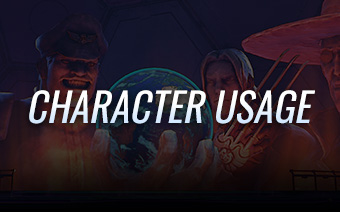
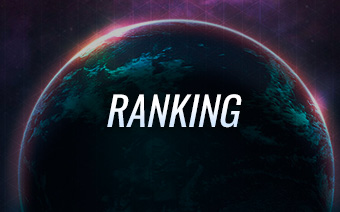
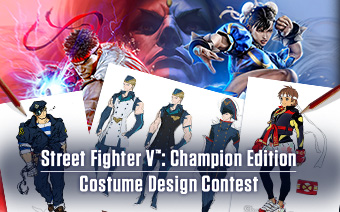
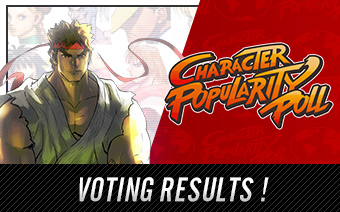






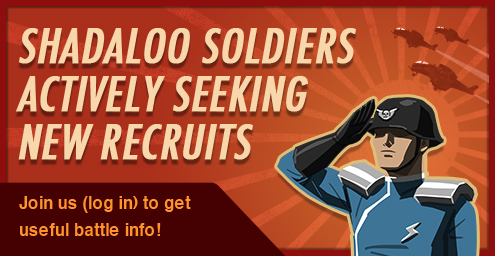



 PlayStation and
PlayStation and 
